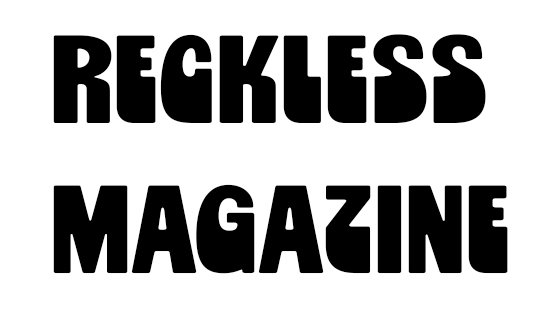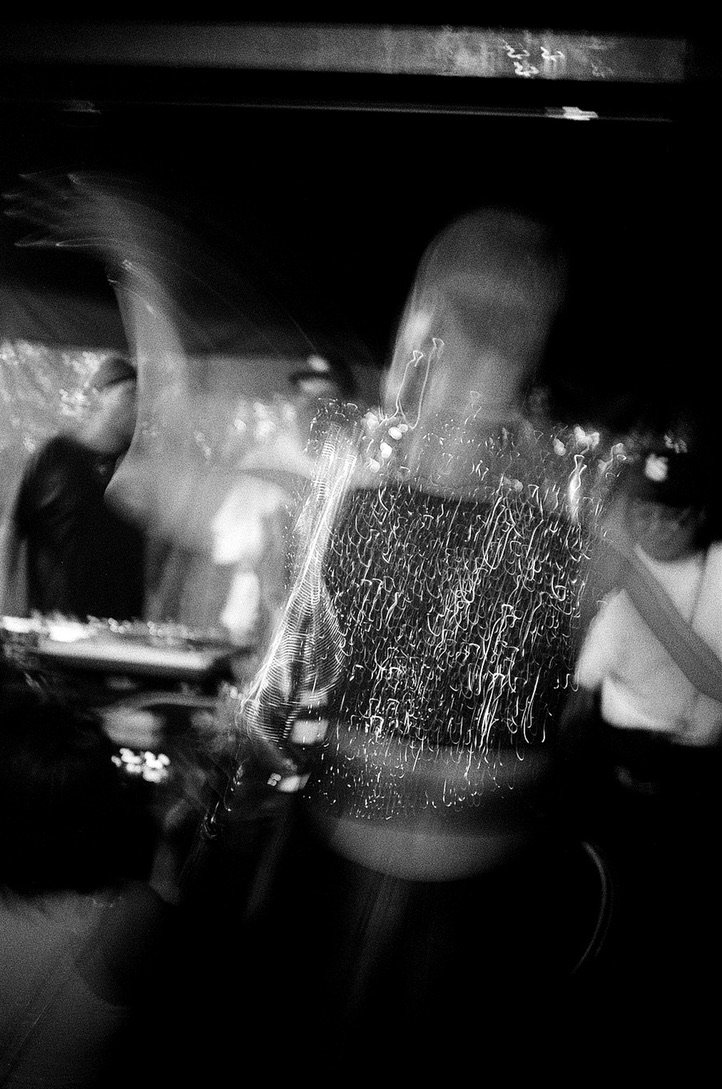Risky Situations

Confidence and a minolta camera
Photography By Brandon Rivera
Photographer Brandon Rivera opens up about making zines, being inspired by friends, and having the will to improve.
Dallas, USA
How did you begin your journey as a photographer?
My journey began when I was about 16 years old. One of my best friends gifted me a film camera after he noticed how interested I was in learning how to use it. He had shot a couple pictures of me with it beforehand, and I was amazed by how cool the results were. I was always fascinated by photography, but I never really pushed myself to start shooting pictures. Eventually, a Minolta camera ended up in my possession thanks to my friend and the rest is history. Thank you for that, Thomas.
What have you learned along the way?
I’ve learned so much throughout the years. My friend taught me the basics of how a point-and-shoot camera works, and the rest I had to learn by myself. I got into SLR film cameras afterwards and taught myself how to use them through simple trial and error. Once I got the hang of it, it started to get really fun. I started to shoot pictures the way I’ve always wanted to. There were so many mistakes along the way, but it was completely worth it. I was stoked on everything I was capturing and decided to make a zine. The only issue was that I had no idea how to make one. It became trial-and-error all over again. Producing it was a rigorous learning process, but I always kept in mind how satisfying the outcome would be. My first zine was a project that took two years to complete.
How would you describe your style in three words?
Genuine, audacious, and gully.
What would you say are your greatest strengths as a photographer and what are some things you need to improve on?
I’d say that some of my greatest strengths have to do with the mindset I carry when approaching photography. Having a confident mindset about what you’re producing along with being consistently prepared has led me to satisfying results. If there's a certain idea that I get for a photo, I try to go through with it to the best of my abilities. I don’t leave room for hesitation nor think too much about it. There can be risky situations when it comes to capturing some of my pictures, but that’s when I feel like I capture my best work. There’s a feeling of thrill that comes with it too. Being consistently prepared with the right equipment at the right time has also helped me capture unique moments. The spontaneous feel of my photos is important to me, so keeping a camera close by is essential. I keep this in mind anytime I’m in the city because there’s so much that can happen within the commotion. Making improvements is important to me because I often reflect on my past work and think about what I could’ve done differently. I try to improve my camera knowledge along with my editing skills to see what tweaks I can make for the photos to be more impactful. Learning the technicalities of different cameras is interesting to me and only makes me more fond of what I do. Editing also refines so much about a picture and is so useful for any future projects. The will to improve requires a lot of time and sacrifice but is ultimately beneficial in the long run.
Tell the story behind one of the photographs you send.
This is a photo of my friend Jacob skating a bump-to-bar in Dallas. At the time, I was shooting as many photos as possible because I was undergoing ACL surgery later that week. The Texas heat was in full effect that day and was exhausting us both very quickly. I kneeled down on the rugged ground to get this angle, and luckily the flick came out just how I anticipated it to. We felt accomplished and left the spot, but later on I noticed that my bad knee had a tiny scrape. Since it was minimal, I didn't think much of it and went on about my day. The next day, I go in for the surgery, and the surgeon tells me that I can’t have it done because of the scrape. I was shocked to hear this because I spent weeks mentally preparing for this moment, just to hear it’s postponed. I would’ve never thought that taking a photo would push back my surgery. The delay allowed me to shoot photos for the next two weeks. Some of those became my favorites for the upcoming zine, so ultimately I was stoked about it.
You are currently working on your zine. What is the second issue about?
The second zine mostly focuses on capturing the urban lifestyle and culture in different European countries. Most of the shooting takes place in big cities such as Paris, London, and Milan. There are also photos from Dallas that I shot after my trip that give the same feeling that my first zine did. The second issue will still carry the same essence, containing skateboarding, graffiti, and lifestyle pictures. Mixing photos of the different cities is purposeful so viewers can compare and contrast them. You can also see how certain events played out in my life after the release of the first issue. I carry that perspective from my first zine that was focused on Dallas and apply it to the world.
How does the second zine differ from your first? How does it show your progress and growth as an artist?
I aimed to make it very different from my first zine. My priority for this zine was to keep it subtle and precise with the layout of pictures. This is the opposite of my last zine, where I was louder with the editing variations. There are also black-and-white pictures in this zine, which differentiates from my first one where I only used color film. Most of my friends featured in the first zine are Dallas locals I grew up skating with, while the second zine features friends from other cities and countries. Time and place, along with narrative, are distinctive in both works. The time I shot my first zine was when the pandemic was at its peak, so it was a lot more hectic compared to now. The second zine displays a distinction between cities and life after the pandemic. Both of them hold their own significance to me as different eras in my life too. I’ve gained a lot of experience since the first issue, so I’ve been able to capture ideal photos more consistently for the second one. I also give a lot of individual photos their own pages to emphasize their qualities on a bigger scale. I’m constantly pushing myself to take it up a notch and reach new heights when it comes to my work. I leave it up to the viewer to make their own analysis about my growth.
What inspires you to make these zines? What was the process like?
I’d say that my friends and surroundings inspired me to make these zines. I recognize the time and place I’m living in, along with the people around me, and I’m grateful for it. Things change over time, and it feels like capturing lightning in a bottle whenever I shoot pictures of cool moments in the city. Regardless of how drastically life can change, these zines reminisce about different chapters of my life, and I feel like many people could relate to the work within them. It’s something I’ll look back on and be thankful that I did. The process of making these zines is bittersweet, but always rewarding in the end. It feels like you’re about to start a puzzle because you have to find out what pieces fit together. The process took a lot of patience with the first one because everything was so new to me. There were a lot of frustrating moments that really tested my patience. Making a zine is something that you want to enjoy the process of, or else you’ll want to explode. This experience helped prepare me for the zine I currently have in the works. The time and effort you put in really pay off in the end. Nothing beats the feeling of finally publishing it and having it in your hands.
If you can have dinner with any 4 artists that you look up to, who would they be and why?
If I could have dinner with 4 artists I look up to, it would have to be Davide Sorrenti, Dash Snow, Ryan Gee, and Jerry Hsu. I’ve always had a lot of respect for them growing up, and they’ve all been an influence on my work. I’d like to hear some of the stories behind their photos and get a closer understanding of their approach to photography. Hearing about their upbringing and what led to them picking up a camera would be cool too.
Other than the second zine, what is next for you?
I’m planning to work on different types of projects, like lookbooks, calendars, and skateboarding ads. I often look at vintage skateboarding magazines like Big Brother and have always wanted to emulate them in my own way. The catalogs and ads inside them are timeless to me, so that’s how I was inspired to take on these endeavors. I also plan to exhibit more work in physical spaces and have it available for purchase in different cities. I’ve had to hold back from displaying much because I’ve saved most of my recent photos for this zine. Some of my best work will be in this issue, so I believe it’ll be worth the wait. Besides that, I plan on visiting New York more frequently and visiting my familial roots in Peru sometime this year.





